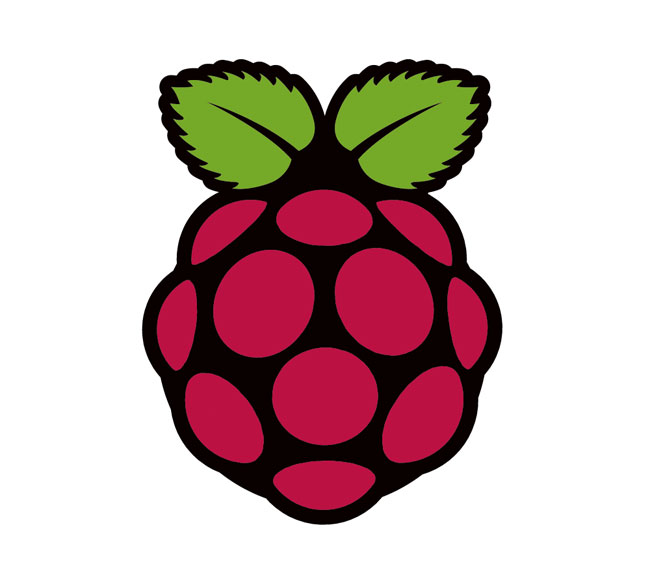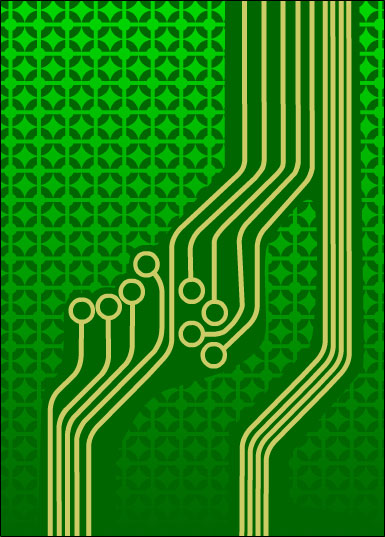 Suntrix-Hermitage Solar Monitoring
Suntrix-Hermitage Solar Monitoring
In 2013 Air-Stream embarked on a new project, to build a node in the middle of a paddock from scratch. This node involves lots of new feats for Air-Stream, one of which will be powering our first node 100% from Solar Power (+Batteries of course!).
Dave Hille from Suntrix Solar has kindly donated a complete off-grid Solar Setup consiting of the following:
- 1x 245W REC (REC245PE) Multi-Crystaline Panel
- 1x Wellsee (WS-MPPT15) 15Amp 24v Solar Charge Controller
- 2x BSB (Solar 12-100) 12v 100AH Lead-Acid Batteries
- Misc MS4 connectors and DC cabling
The entire setup will be powering Modbury North while Suntrix-Hermitage is in build. This is where this project comes into play!
The Project
While the conecpt is very straight forward, monitor the solar setup, the execution is the part in question.
What we were trying to achive was the ability to measure the following:
- Solar Panel Output Voltage
- Solar Panel Output Current
- Charge Controller Output (Load) Voltage
- Charge Controller Output (Load) Current
- Charge Controller Output/Input (Battery Charge/Discharge) Voltage
- Charge Controller Output/Input (Battery Charge/Discharge) Current
- 24V Regulator Output Voltage
- 24V Regulator Output Current
- Battery 1 Voltage
- Battery 2 Voltage
- Temperature 1
- Temperature 2
- Light Sensor
As you can see quite a list of sensors, while the list is large it will ensure we can have every possibly piece of information so we will have the best understanding of how the system is performing and identify potential problems before they happen from anywhere on the Air-Stream network!
The Options
With many different boards, operating systems and form factors available that could do this job, the Air-Stream Community were asked to input what they think would be suitable for such a setup.
Some of the options people presented were:
- Raspberry Pi
- Beaglebone Black
- Audruno Uno/Mega
- pcDuino
We were hoping to be able to either run a webpage locally with the information, or provide it via SNMP over the network to a remote monitoring station. So this made the choices some what easier but the following was looked at.
- How many inputs each setup could handle

- What would be required to enable Analogue inputs
- Overall Cost
- Options later on for future use
- Availability / Community Support
As we wanted this project to be as accessible to the community as possible we opted to try use as many ‘off the shelf’ options as possible as we want anybody to replicate this!
There were atleast 13 anaglogue inputs required, so on face value the only board which could handle this was the Audrino Mega, however as the Audrino could not run a Linux Operating system for other uses at the site we ruled this out.
The pcDuino did not have enough inputs so it was down to the Beaglebone and Raspberry Pi. The BeagleBone Black comes with some Analogue inputs but there were not enough and as the board is only in its infancy we ended up with the Raspberry Pi as the board of choice for this project. With its all digital GPIO ports any number of Analogue-Digital-Converters (ADC) could be connected to easily get the required number of inputs. The Raspberry Pi is easily available with great community support so people replicating this project should have no problems sourcing the hardware in the future.
So the next pages will be about the equipment, what we chose, how it was setup and what the graphs and outputs look like when its all completed!
And if you have a project you’d like to contribute to the website or that you’d like Air-Stream members to know about, as an Air-Stream member you have access to the Members Mailing List, send an email and let everybody know what you are working on!
